|
|

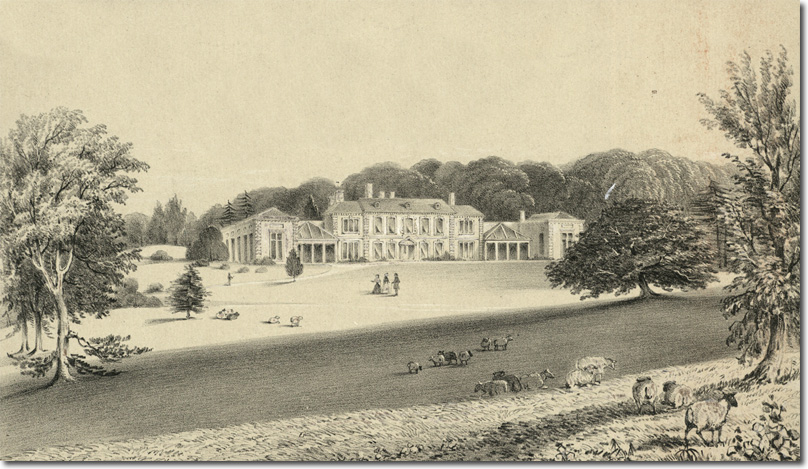
|
| As you cross over the A38 by the footbridge you come to the remains of the old entranceway to Widey Court Manor House. The old lodge used to lie close to Tavistock Road here. Sadly, the Widey Court Manor House no longer exists - it survived world wars and the Luftwaffe but fell to that most dastardly and cunning of villains - the town planner in 1954. Sadly after the Second World War, much of our history and heritage was not appreciated and ‘progress’ demanded new visions and modern buildings. The fact that a King of England used Widey Court to plan an attack on the port of Plymouth was not enough to save it nor its contents. Indeed the very bed where King Charles I slept when he commandeered the house as his headquarters and the beautiful marble fireplaces and its architecture dating back to the Doomsday in places was simply demolished and destroyed in situ. You can find the old path from the Manor House’s lodge to the original house and travel along the path that King Charles himself may have ridden himself in order to join his army in attacking Plymouth. As you walk along the slip road to the A38 you can turn left towards the much quieter Burnett Road, there then is a small pathway down towards a stream. This pathway was the old trail from the estate’s lodge to Widey Court which is now where Widey Court Primary school is located. Indeed, as you come up to the Western side of the school you can make out a much older walled part of road which now leads literally nowhere, but would have led you to the house once upon a time. King Charles almost certainly travelled this trail back in 1644. Additionally Prince Maurice used the house as his HQ back in 1643 and Prince Rupert and the Earl of Grenville also used the house on occasion. On the map you can also see the leat which ran down Tavistock Road and which was dammed by the Royalists to stop fresh water from getting to the Plymouth Garrison. |
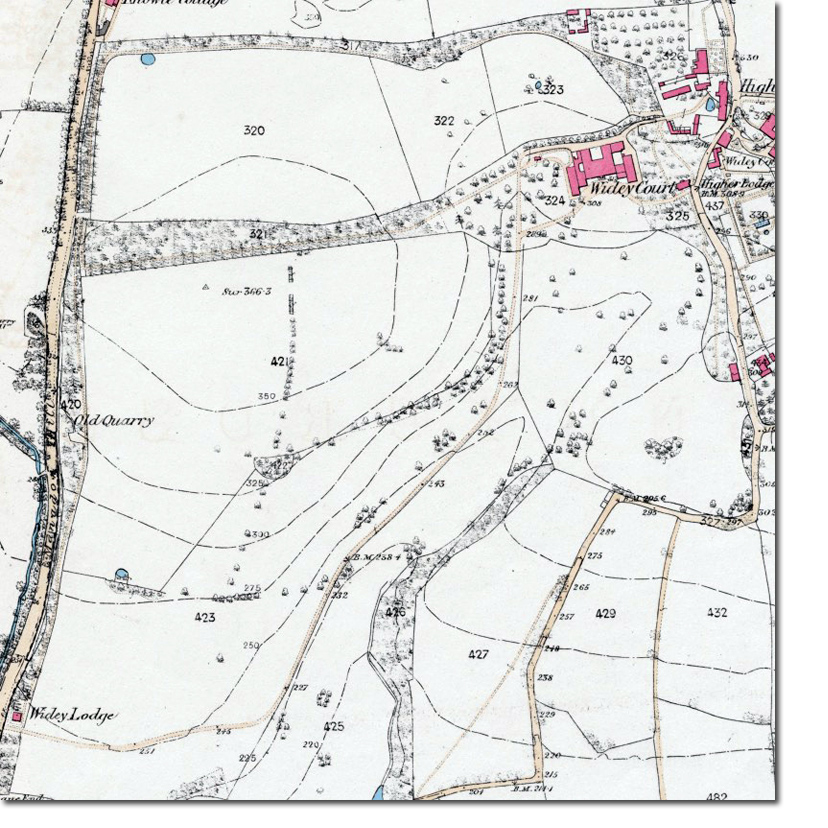
|
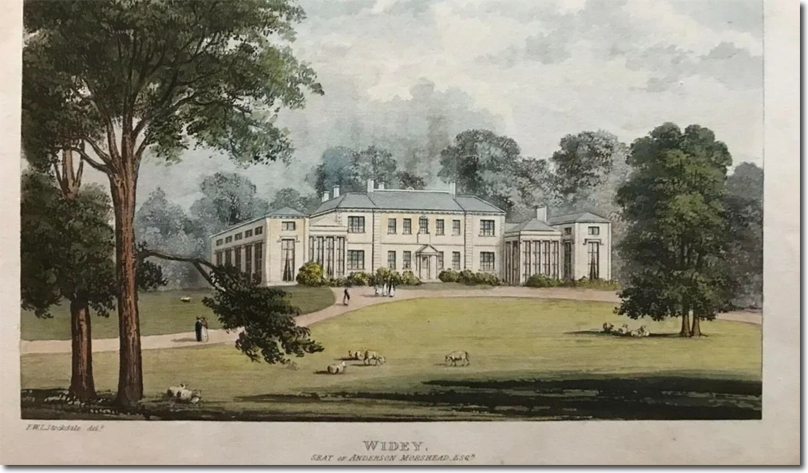
|
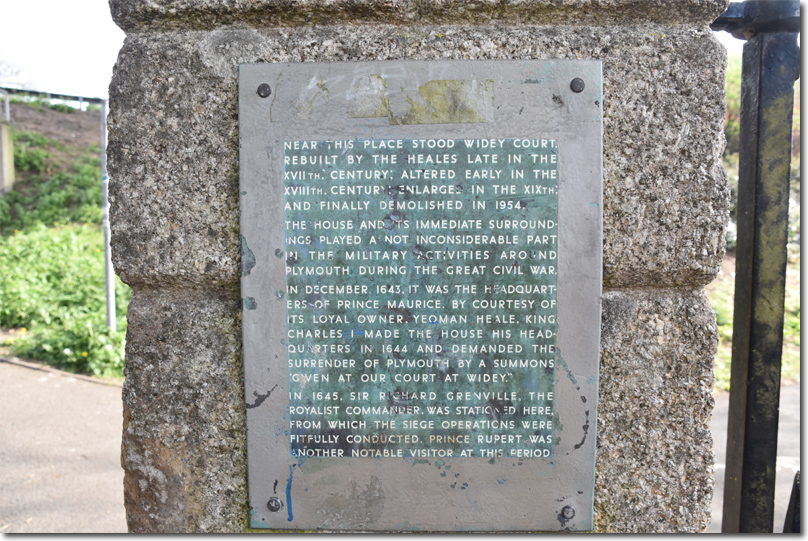
|
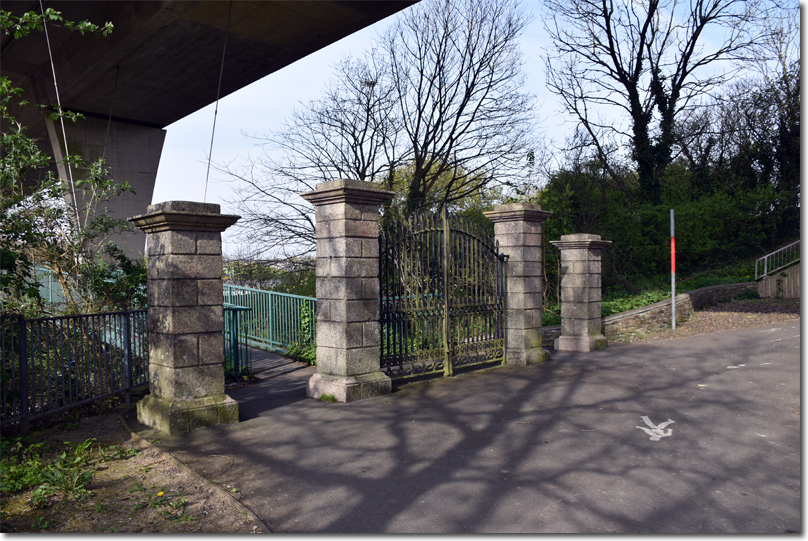
|
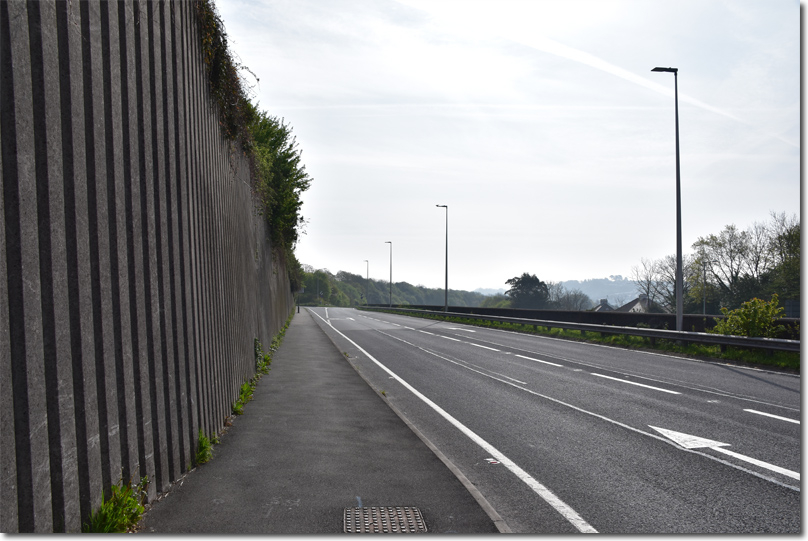
|
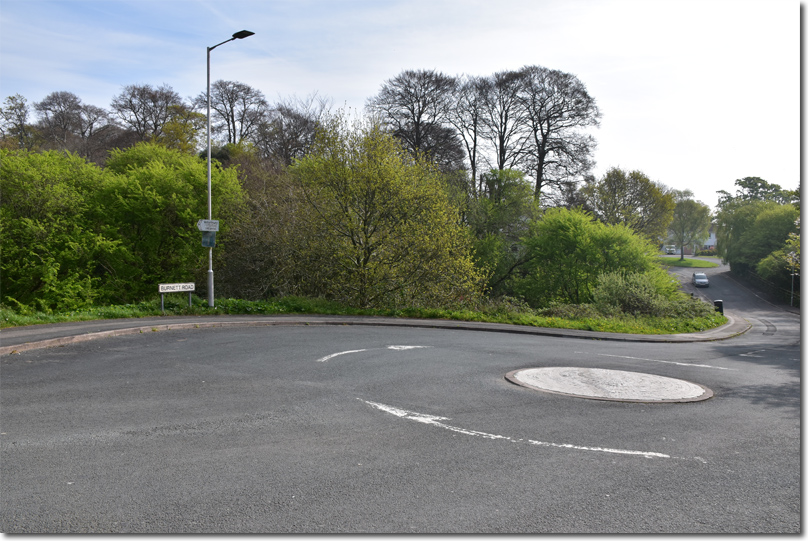
|
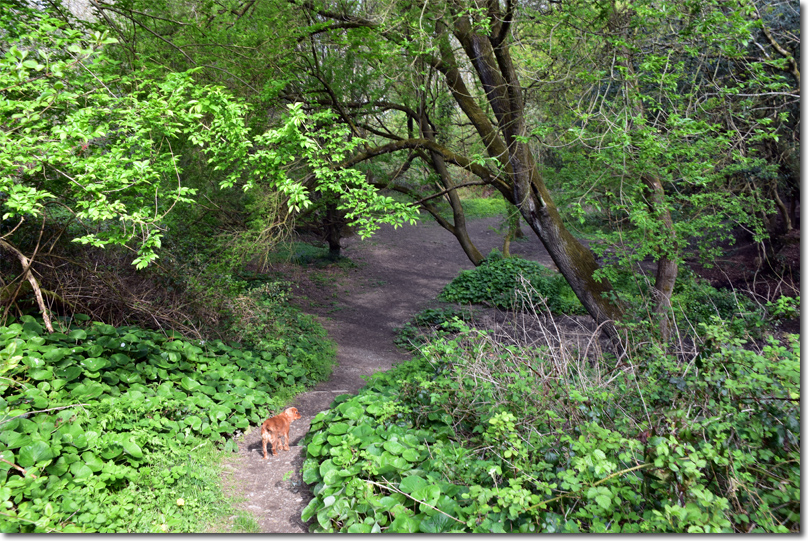
|
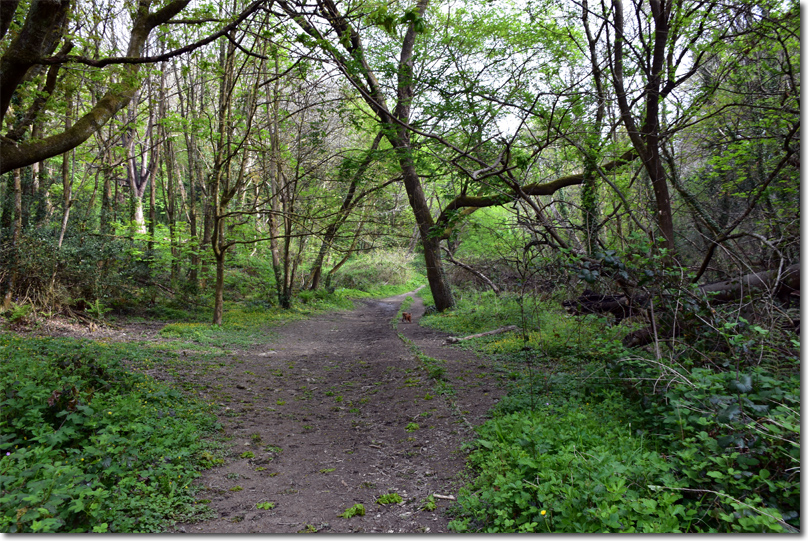
|
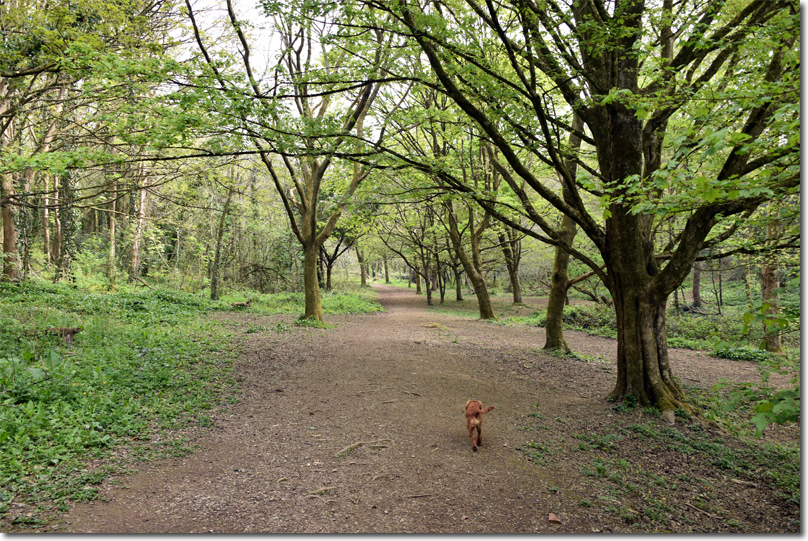
|
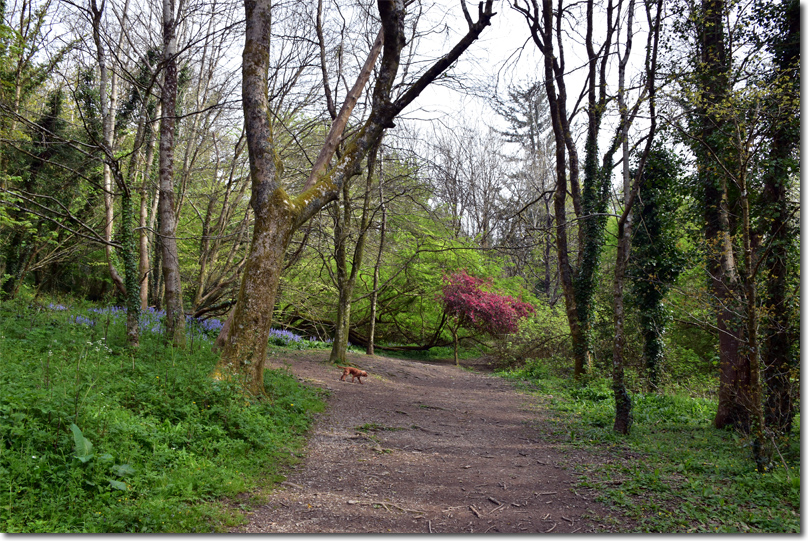
|
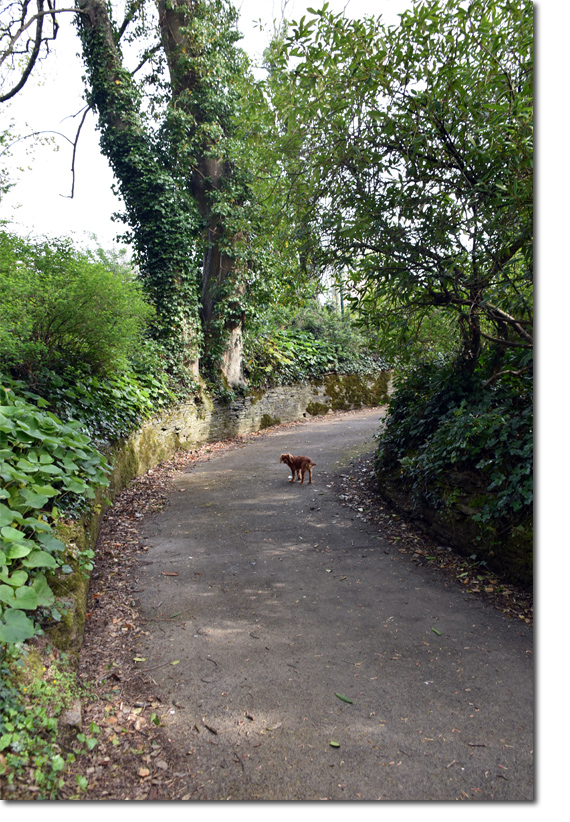
|
Empire in Your Backyard: Plymouth Article
Armed Forces | Art and Culture | Articles | Biographies | Colonies | Discussion | Glossary | Home | Library | Links | Map Room | Sources and Media | Science and Technology | Search | Student Zone | Timelines | TV & Film | Wargames